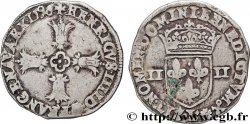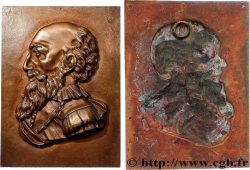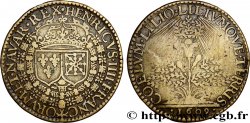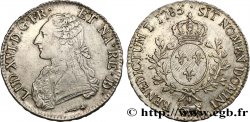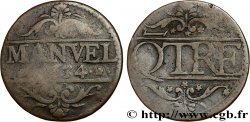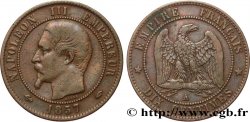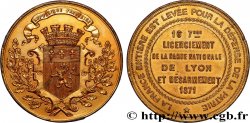fjt_229924 - HENRY IV LE TRAITÉ DE VERVINS 1599
380.00 €(Approx. 440.80$ | 334.40£)
Quantity
Add to your cart

Type : LE TRAITÉ DE VERVINS
Date: 1599
Metal : silver
Diameter : 27 mm
Orientation dies : 6 h.
Edge : lisse
Rarity : R2
Coments on the condition:
Fèle dans le métal du flan
Catalogue references :
Obverse
Obverse legend : HENRICVS. IIII. FRANC-ORVM. ET. NAVARÆ. REX.
Obverse description : Écus accotés de France et de Navarre sous une large couronne, entourés des colliers de l’ordre de Saint-Michel et du Saint-Esprit.
Obverse translation : (Henri IV, roi des Francs et de Navarre).
Reverse
Reverse legend : PAX. MARTIS. OPVS.
Reverse description : Mars debout à gauche, arrosant un olivier, la main gauche sur sa haste ; à l'exergue .1599..
Reverse translation : (La paix est l'œuvre de Mars).
Commentary
Jacques De Bie dans son “Histoire métallique de la France”, Paris, 1636, donne l’explication du revers de ce jeton : “Le corps est d’une figure en pied armée à l’antique, représentant un Mars, qui avec un vase remply d’eau arrouse un olivier parroissant desia demy sec : Il tient en sa gauche, une demy-picque dressée au-long de sa hanche qui luy sert d’appuy au bras. Sous l’exergue : MDXCIX. marque assez precise, pour insinuer dans la mémoire de la postérité les utilitéz qu’apporta la paix entre deux monarques les premiers de la chrestienté”. De Bie fait allusion ici au traité de Vervins signé en 1598.
Jacques De Bie in his “Histoire métallique de la France”, Paris, 1636, gives the explanation of the reverse of this token: “The body is a full-length figure armed in the antique style, representing a Mars, who with a vase filled with water waters an olive tree appearing half-dry: He holds in his left, a half-spike raised along his hip which serves as a support for his arm. Under the exergue: MDXCIX. a fairly precise mark, to insinuate in the memory of posterity the usefulness that peace brought between two monarchs, the first of Christianity”. De Bie is alluding here to the Treaty of Vervins signed in 1598
Jacques De Bie in his “Histoire métallique de la France”, Paris, 1636, gives the explanation of the reverse of this token: “The body is a full-length figure armed in the antique style, representing a Mars, who with a vase filled with water waters an olive tree appearing half-dry: He holds in his left, a half-spike raised along his hip which serves as a support for his arm. Under the exergue: MDXCIX. a fairly precise mark, to insinuate in the memory of posterity the usefulness that peace brought between two monarchs, the first of Christianity”. De Bie is alluding here to the Treaty of Vervins signed in 1598







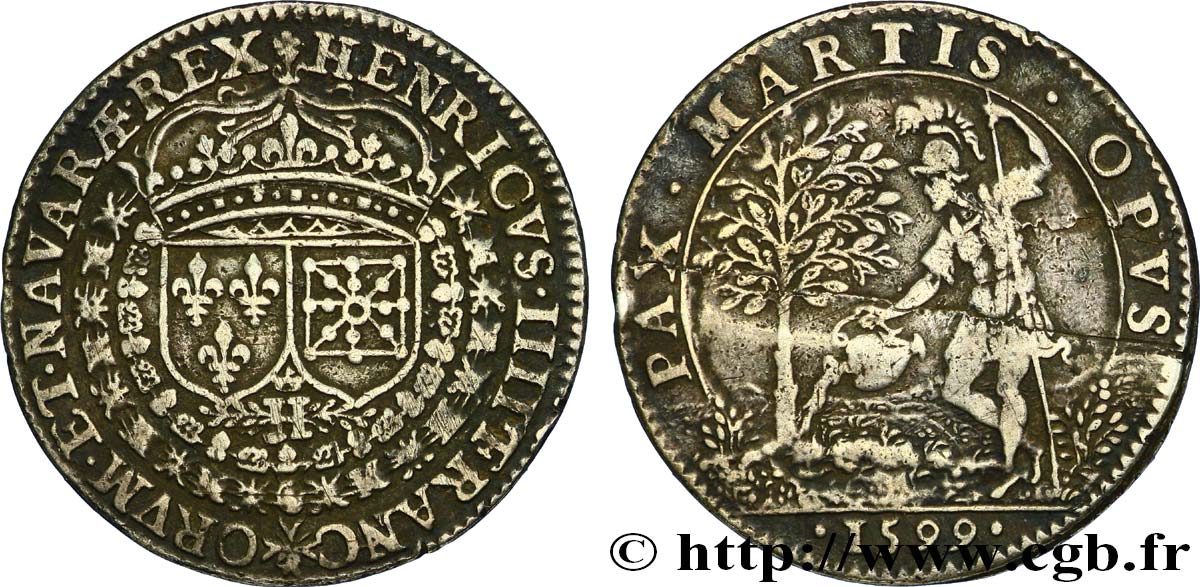
 Report a mistake
Report a mistake Print the page
Print the page Share my selection
Share my selection Ask a question
Ask a question Consign / sell
Consign / sell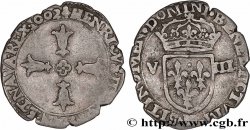
 Full data
Full data